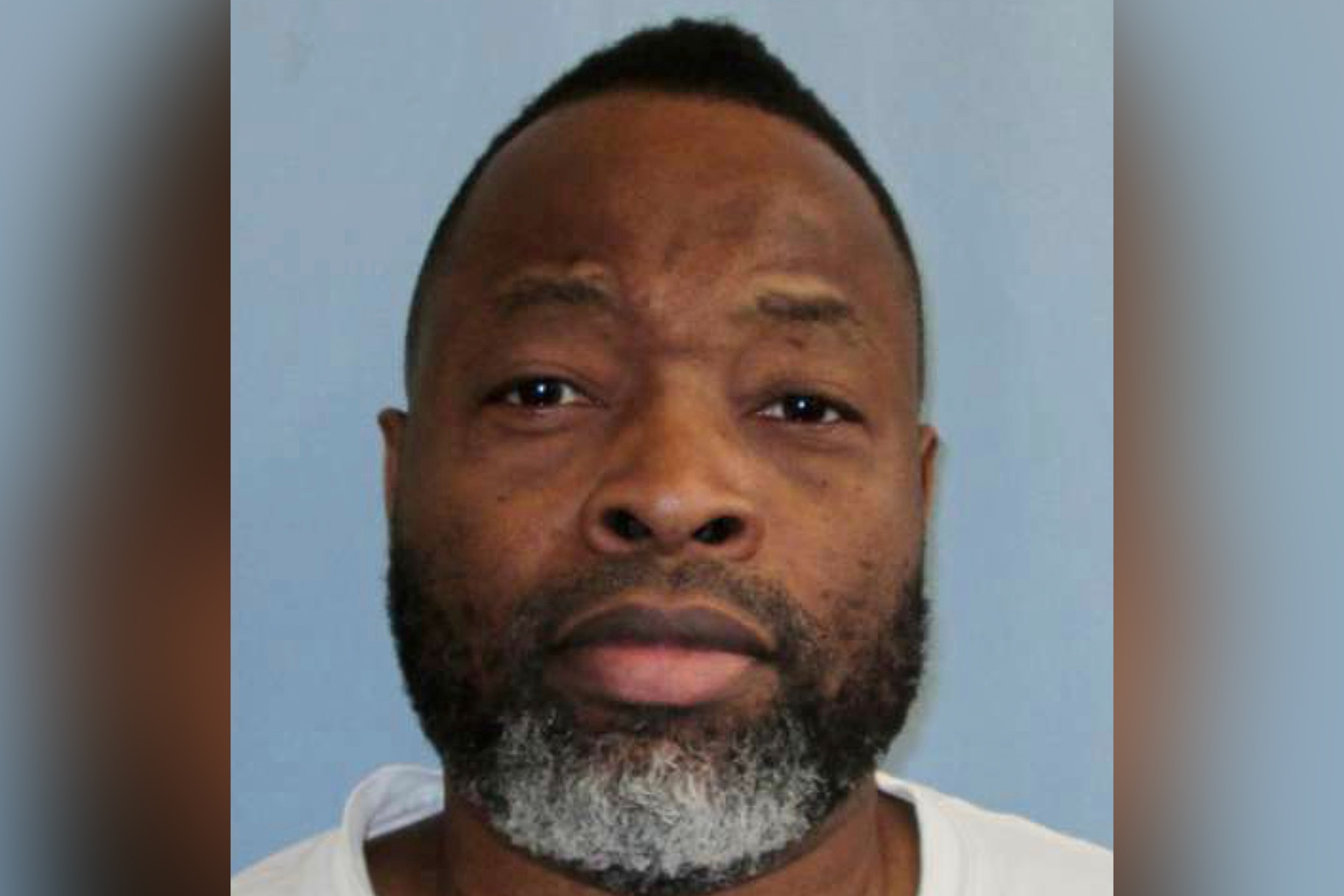Create a free profile to get unlimited access to exclusive videos, breaking news, sweepstakes, and more!
Investigative Report Details Alabama Man's 'Lengthy And Painful' Execution
The death of Joe Nathan James Jr. in Alabama last month may be the longest execution in recorded U.S. history.

An independent review is shedding light on the protocol surrounding the execution of an Alabama death row inmate, according to a report.
The protocol behind Joe Nathan James Jr.’s lethal injection on July 28 was quickly called into question after spectators and reporters watched a seemingly unresponsive James presented for execution. Three hours after his scheduled time of execution, he was officially declared dead at 9:27 p.m..
The 50-year-old man had been convicted of killing his former girlfriend, Faith Hall, in 1994 and sentenced to death. Her family had unsuccessfully pleaded with the state to not execute James.
On Sunday, The Atlantic published an investigative report by staff writer Elizabeth Bruenig, who was present for James’ passing. A further independent autopsy and review of James’s body she cites suggests the man experienced “awful suffering” at the hands of the Alabama Department of Corrections.
“The state seems to have attempted to insert IV catheters into each of his hands just above the knuckles, resulting in broad smears of violent bruising," she wrote. "Then it looked as though the execution team had tried again, forcing needles into each of his wrists, with the same bleeding beneath the skin and the same indigo mottling around the puncture wounds.”
The findings of the multi-person post-mortem examination — which included Emory University associate professor of anesthesiology and surgery Joel Zivot and independent pathologist Boris Datnow — noted yet more puncture sites and bruising, on James’ left arm and his inner elbow.
Wider lacerations they found further indicated the “inmate moved suddenly while the central line was being placed, possibly in an attempt to access a vein,” experts wrote.
Zivot also noticed puncture marks “not in the anatomical vicinity” of a known vein, according to his assessment, cited in The Atlantic.
“It is possible that this just represents gross incompetence, or some, or one, or more of these punctures were actually intramuscular injections,” said Zivot. “An intramuscular injection in this setting would only be used to deliver a sedative medication.”
After a three-hour delay between when James was scheduled to die and when reporters were permitted to enter the gallery, James appeared to be already unconscious. He reportedly made no response when allowed to offer his final words — not even to refuse to do so.
Department of Corrections commissioner John Hamm reportedly claimed he couldn’t “overemphasize” the process, explaining that the act of carrying out an execution could take anywhere from “a few minutes” to “a few hours,” according to the Atlantic.
“We’re carrying out the ultimate punishment, the execution of an inmate,” Hamm stated. “And we have protocols, and we’re very deliberate in our process and making sure everything goes according to plan.”
Spokesperson Kelly Betts for the Department of Corrections maintained James was not sedated when presented to the gallery — which would violate the state's protocols.
Another reporter, however, claimed that “James’s eyes stayed closed during the entire procedure, flickering only in his death throes, and that he remained unresponsive from beginning to end,” according the Atlantic.
Reprieve, a non-profit civil rights organization that contributed to Bruenig’s research, also spoke out against James’ execution.
“Mr. James’ execution began hours before media witnesses were allowed into the execution chamber, having been locked in a prison van without their phones,” they tweeted. “He essentially underwent two executions: a tortuous procedure behind closed doors, then a theatrical performance for witnesses.”
The civil rights group cited James’ execution as taking “longer than any lethal injection in recorded U.S. history,” possibly the “longest execution ever using any method.”
Oxygen.com reached out to the Department of Corrections but did not receive an immediate response.






















